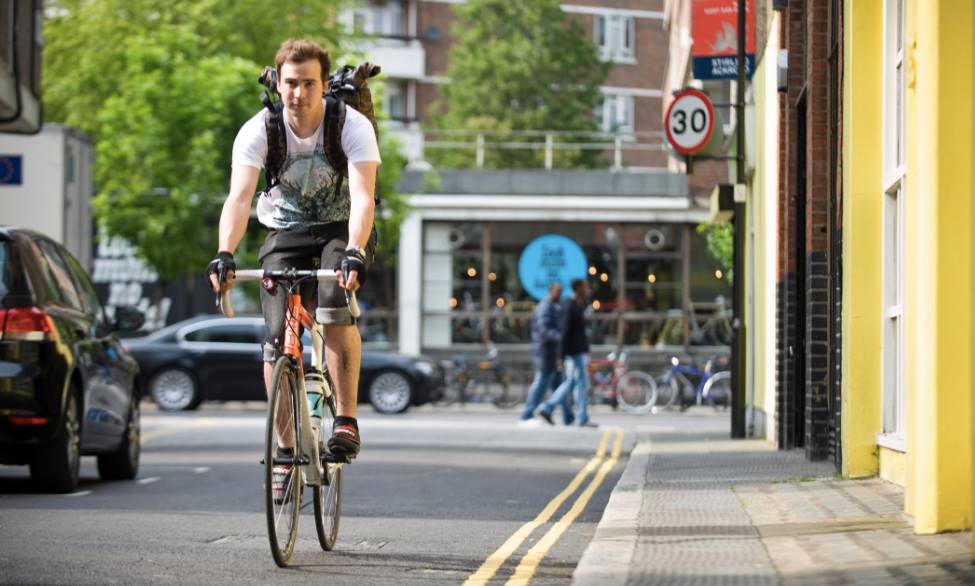London, England considering legislation banning heavy trucks with low visibility
The news underscores the role of heavy industrial vehicles in the deaths of cyclists—both in Canada and elsewhere


News from London, England is likely providing food for thought for both bike advocates and city planners, especially after the death of an Ottawa cyclist that involved a large industrial vehicle.
Lawmakers in London aren’t just talking about side guards. They’re contemplating passing legislation that would ban vehicles with low visibility altogether in order to make the cities roads safer for cyclists.
As treehugger.com reports, there’s a specific profile of vehicle that’s responsible for 58 per cent of cycling fatalities and 22.5 per cent of pedestrian deaths. Among themselves, those vehicles account for four per cent of the total, and they’re colloquially referred to by a cheeky acronym: SMIDSYS, for “Sorry mate, I didn’t see you.”
Cyclists: Don’t get caught between a lorry and a left hand turn. Watch and share our new #THINK! cycle safety ad. pic.twitter.com/AG3hqVeXjN
— THINK! Road Safety (@THINKgovuk) September 26, 2016
Technically, those vehicles have a more appropriate acronym: HGV, or heavy goods vehicle.

In the British city, London mayor Sadig Khan hopes that by banning older trucks with bad visibility there will be fewer cycling fatalities. The way it will work, the Guardian reports, is by appraising such vehicles on a star-based safety rating. Zero to five stars, that publication says, will be the scale of evaluation for the visibility such trucks offer their driver — visibility that means the difference between life or death for cyclists. By January of 2020, the idea is that those vehicles with a rating of zero will be banned altogether, while only those trucks with a three-star rating—what amounts to “good”—will be allowed to continue operating in London.
Truckers in Britain, of course, blame cyclists for riding alongside their vehicles and inviting their own fatalities. As mayor Khan said, though, “I’m not prepared to stand by and let dangerous lorries continue to cause further heartbreak and tragedy on London’s roads.”
What do you think? Should Sadig Khan’s approach be implemented on Canadian streets? Sound off in the comments below.
